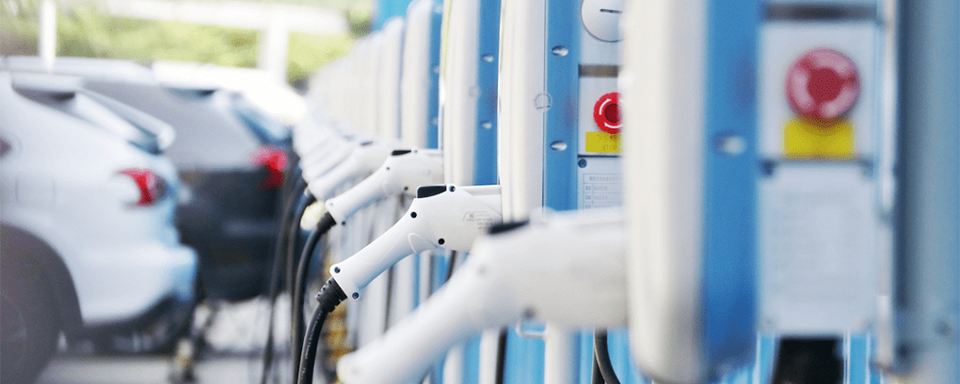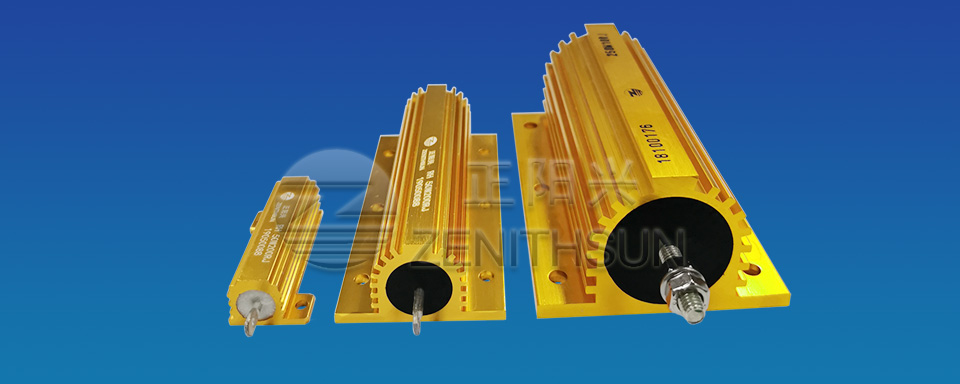As the demand for new energy vehicles continues to grow, the application of precharge resistor has become increasingly important in ensuring the safety and efficiency of these vehicles. Precharge resistor play a crucial role in managing the high-voltage systems of electric and hybrid vehicles, providing a controlled method for charging and discharging the energy storage systems.
In a recent development, leading new energy vehicle manufacturers have been incorporating precharge resistor into their vehicle designs to enhance the performance and safety of their products. These resistors are used to limit the inrush current during the initial charging of the high-voltage capacitors, which helps to prevent voltage spikes and potential damage to the electrical components.
Furthermore, precharge resistors are also utilized during the discharging process, ensuring a gradual and controlled release of energy from the storage systems. This not only protects the vehicle’s electrical components but also enhances the overall efficiency of the energy management system.
One of the key advantages of integrating precharge resistor in new energy vehicles is the improvement in safety during maintenance and servicing. By using precharge resistor, technicians can safely discharge the high-voltage systems before conducting any maintenance work, reducing the risk of electrical hazards and ensuring a safer working environment.
Moreover, the application of precharge resistor contributes to the overall reliability and longevity of the vehicle’s electrical systems. By mitigating the stress on the electrical components during charging and discharging, the resistors help to extend the lifespan of critical components, ultimately reducing the need for frequent repairs and replacements.
In conclusion, the integration of precharge resistor in new energy vehicles represents a significant advancement in the field of electric and hybrid vehicle technology. By providing a safe and controlled method for managing high-voltage systems, these resistors contribute to the overall safety, efficiency, and reliability of new energy vehicles, further driving the advancement and adoption of sustainable transportation solutions.








